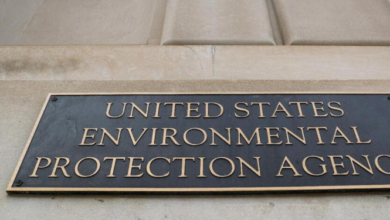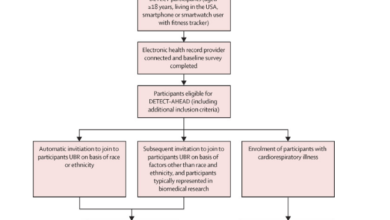The Hidden Threat of Pirola BA.2.86 Revealed! Are the Latest Vaccines Really Effective? Experts Weigh In!”

Pirola, also known as BA.2.86, stands as the third most prevalent Covid strain in the United States. While there are concerns regarding the efficacy of the new monovalent vaccines, specifically designed to protect against the XBB lineage, which Pirola does not belong to, both drugmakers and the CDC remain confident that these vaccines provide defense against Pirola and its subvariants.
Pirola
As of November 25, Pi accounted for 8.8% of cases, marking almost triple the number reported in the previous two-week period ending on November 11. During that earlier period, Pir did not even rank among the top five most prevalent variants, according to data from the Centers for Disease Control and Prevention (CDC).
The prevalence of Pi is particularly pronounced in the Northeast, where it stands as the second most common variant in the region at 13%, following HV.1.
Recently, the World Health Organization elevated Pirola, along with four other variants, to the status of “variants of interest.” This represents a shift from its previous designation as a “variant under monitoring” in August.
Both Pfizer-BioNTech and Novavax have assured Forbes that their latest vaccines provide some level of protection against Pi. Moderna’s September clinical trial reported an 8.7-fold increase in protection with its latest shot.
According to the CDC, the public health risk posed by is currently considered low, and it is anticipated that updated vaccines will further enhance protection against this variant.
However, some experts express skepticism about the level of protection offered by the new vaccines against Pirola and its subvariants, particularly JN.1. A pre-publication comment in a bioRxiv study, which is yet to undergo peer review, suggests that the newer vaccines might potentially contribute to the spread of more recent Pirola viruses.




